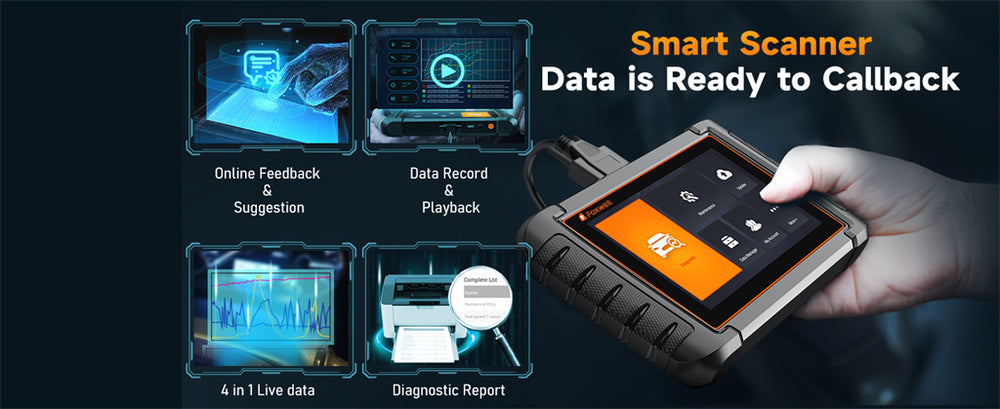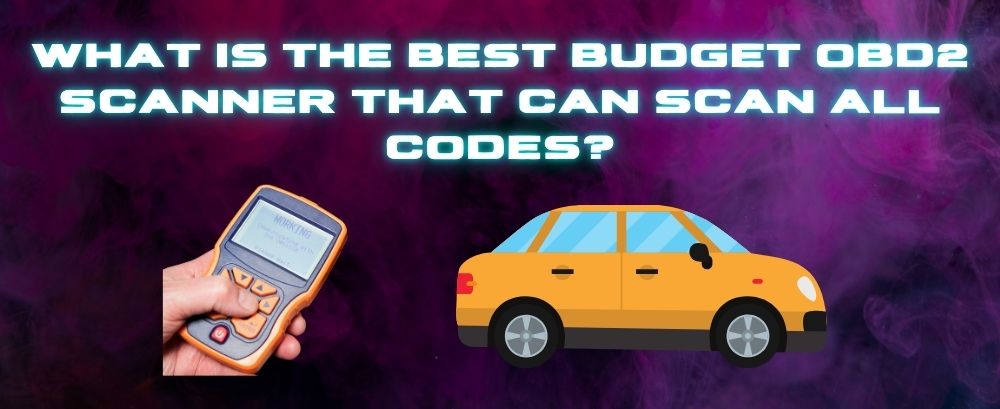If your car is experiencing difficulty starting during cold starts, it may feel like searching for ghosts under the hood. Is it the battery? Spark plugs?
Or could it be something more sinister, like a leaky fuel injector? A leaky injector could be responsible for drivers like our friend with a 2008 Honda Accord V6.
Honda didn't make testing fuel pressure simple; you would require purchasing an expensive adapter to check for leaks.
Don't panic; you can use DIY techniques to test for leaking injectors without breaking the bank! Let's discuss some simple and effective strategies you can employ at home!
Common Signs of a Leaking Fuel Injector

Before testing begins, it's essential to recognize the signs of a leaking fuel injector. Here's how: look out for these indicators:
- Rough Cold Starts: Your engine struggles or sputters when starting, especially under cold conditions.
- Fuel Smells: Any detectable gasoline smell from your engine or exhaust could indicate a potential fuel leak.
- Poor Fuel Economy: Are You Slashing Through Gas Like NASCAR Racecar Driver? A leaky injector may be wastefully using gas.
- Misfires or Rough Idling: Is Your Engine Coughing or Vibrating Abnormally? A fuel injector might be flooding the system with too much fuel.
If the symptoms sound familiar, it may be time for DIY diagnostics.
Fuel Injector Leaks Cause Rough Starts
A fuel injector leak does more than simply waste fuel; it messes with your engine's equilibrium! Injectors are designed to deliver precise amounts of fuel into each combustion chamber.
Excess fuel may leak when it leaks, altering its air-fuel ratio and making starting and running difficult, especially during cold starts.
Extra fuel creates a rich mixture, which floods the engine and causes rough starts. Left unchecked, this issue could foul spark plugs, damage your catalytic converter and lead to misfires - so early intervention is critical!
Visual Inspection for Obvious Signs of Fuel Leak
One of the easiest and simplest ways to detect a fuel injector leak is through visual inspection. Pop the hood and inspect each fuel injector, paying particular attention to wet spots or residual gasoline smell near either fuel injector.
Wetness or shiny substance that resembles gasoline indicates potential leakage issues.
Sometimes, you won't see an apparent wet spot but will notice an accumulation of dirt or grime around an injector due to fuel leaking and acting like a magnet for dust and debris.
If one injector appears dirtier than others, this could be your telltale sign of leakage - visual inspections will only sometimes catch every issue. Still, they are an invaluable starting point for finding apparent leaks.
Listening for nusual Noises in the Fuel System
If a visual inspection doesn't do the trick, your ears can also help identify any problems with the fuel system.
Start the engine and let it run as usual before moving close to the area around the injectors and fuel rail to listen out for any unusual sounds that could indicate trouble.
Listen for any faint hissing sounds from the fuel injector; these could indicate air or fuel escaping through small leaks in its design, even if they do not seem evident at first glance.
While such subtle hisses might not signal immediate concern, even subtle hisses may indicate an issue; stay vigilant when working near a running engine and avoid any moving parts!
Checking Spark Plugs for Fuel Injector Issues
Another effective method for diagnosing leaky fuel injectors involves inspecting spark plugs closely. To do this, remove them from your engine and examine them closely.
If a fuel injector leaks, one or more spark plugs could become wet with fuel or blackened with carbon buildup, indicating a problem.
Leaks in fuel injectors can allow too much fuel into the combustion chamber, creating an overly rich air-fuel ratio and leaving spark plugs damp with fuel or coated with soot.
Comparing spark plugs can help identify which cylinder could have a leaking injector by showing just a couple with these signs while others appear normal.
Utilizing the Smell Test: Detected Fuel Odor Around the Engine
Your nose is an invaluable asset! If you suspect fuel leakage in the engine bay or its surrounds, try running your engine for several minutes and then switching it off before carefully sniffing fuel injectors and the surrounding areas of the engine bay.
Smelling gasoline near the injectors could indicate fuel leaking somewhere within the system. When conducting this method, be cautious not to lean too closely or too directly against any hot or running parts of the engine.
Look out for any noticeable fuel odours after running the car for some time - note, however, older vehicles may produce faint gasoline scents due to general wear and tear; any excessive smells should serve as an early warning.
Monitoring Engine Performance for Injector Leaks Even if there are no apparent indicators of an injector leak, your car's performance may provide valuable clues. A leaky fuel injector may cause subtle symptoms that affect engine operation.
For instance, monitoring the fuel economy can provide valuable indications. If your gas mileage seems higher than usual without changes to driving habits or consumption patterns, leaky injectors could be to blame.
Another performance indicator is how your engine idles. A leaky injector could cause rough or misfired idling or engine misfires when starting up or when cold, making them hard to pinpoint as causes for these symptoms. Fuel injectors could be culprits if these changes exist but have yet to be identified as sources.
Monitoring Engine Performance to Spot Injector Leaks
Sometimes, the signs of injector leakage may not be noticeable or evident, so closely watching engine performance can provide essential clues to their presence.
- Fuel Efficiency: Have your gas mileage fallen unexpectedly without explanation? A leaky injector could be to blame for altering the ratio of fuel delivery.
- Misfires or Rough Idling: Is your engine misfiring frequently, or is there rough idling - these performance issues may indicate a fuel injector issue.
If you observe any of these performance modifications, it would be prudent to conduct further examination of your fuel injectors.
Diagnose Fuel Injector Leaks with an OBD2 Scanner
If you have an OBD2 scanner handy, it can be a great help in diagnosing a leaky fuel injector. While the scanner won’t directly tell you, “Hey, your injector is leaking!” it can give you important data to confirm your suspicions.
- Check for fuel-related trouble codes: A leaky injector might trigger codes like P0172 (System Too Rich) or P030X (Cylinder Misfire). These can suggest that too much fuel is entering the combustion chamber.
- Monitor fuel trim data: Your OBD2 scanner can show real-time fuel trim data. If the ECU is trying to adjust for excess fuel, it will reflect in the short-term or long-term fuel trim values, giving you a good indication that an injector might be leaking.
Using an OBD2 scanner, alongside the other DIY methods, can give you a more precise understanding of what’s happening with your fuel injectors.

Once You Discover a Fuel Injector Leak
What are my next steps after running through all the DIY tests and verifying a fuel injector leak?
Depending on its instructions and the results of these DIY tests, one option might be using a fuel injector cleaner; these products may help clear away minor blockages or buildup, possibly helping to solve small leaks.
Take care when applying this cleaner as instructed to see if any improvements occur in performance.
Replacing the injector may be necessary if the cleaner doesn't do the trick and the leak persists. Depending on your mechanical abilities and technical know-how, this job may be something you can attempt yourself.
If that is not an option, then professional mechanics are always an option, as you already have done the diagnostic work and know precisely what needs to be addressed.
Conclusion
Diagnosing a leaky fuel injector without a pressure gauge is entirely achievable using these DIY methods.
From visual inspection of leaks, listening for any abnormal sounds or using your OBD2 scanner - these approaches will get to the root cause.
A leaky fuel injector can create all sorts of performance issues. Still, with these tips, you are well-equipped to take on this issue and restore smooth running within your car's performance. So get cracking now- you can do this!
FAQs
How to check if a fuel injector is leaking?
You can check for a leaking injector by visually inspecting for fuel around the injector, listening for hissing sounds, checking spark plugs for fuel residue, or using an OBD2 scanner to look for fuel-related trouble codes.
How do I manually test my fuel injectors?
Manually test injectors by removing the spark plugs and inspecting them for signs of fuel, listening for abnormal sounds near the fuel rail, or performing a visual inspection for leaks and residue around the injectors.
Can you check fuel pressure without a gauge?
While a gauge is the most accurate method, you can still check for potential fuel pressure issues by observing signs like fuel smells, rough starts, poor fuel economy, or by inspecting spark plugs and using an OBD2 scanner for related trouble codes.




Leave a comment
This site is protected by hCaptcha and the hCaptcha Privacy Policy and Terms of Service apply.